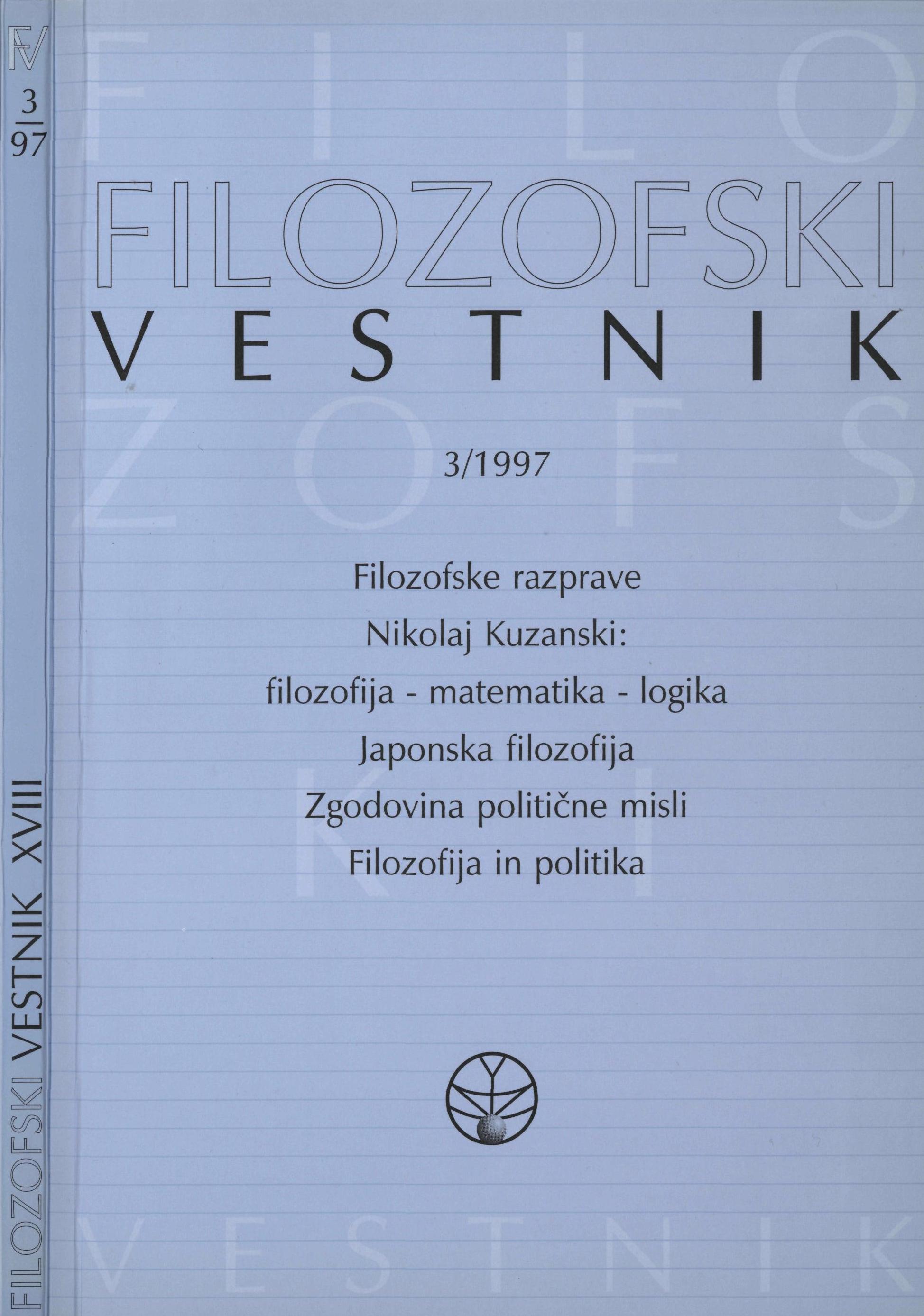Mathematica nos ducunt adpenitus absoluta -filozofija matematike Nikolaja Kuzanskega
Povzetek
Avtor analizira vlogo in pomen matematike v mišljenju Nikolaja Kuzanskega. Kuzanski razume matematiko kot ogledalo, kjer se neskončno kot neskončno zrcali v končnem. Matematika je namreč pretežno znanost »videnja«, kar omogoča postopen prehod od »videnja očesa« do »videnja duha«. Poleg tega so njene entitete med vsemi predmeti vidnega sveta najbolj gotove in s tem najbolj ustrezno izhodišče za raziskovanje negotovega in neznanega. Ta gotovost matematike je po Kuzanskem utemeljena v ontološkem statusu matematičnih entitet, ki niso nadčutne entitete (Platon) ali počela realnega sveta (pitagorejci), niso abstrahirane iz materialnega sveta (Aristotel), temveč so entia rationis, bivajoče v razumu, ki nima zunajduhovne narave. Človeški razum pa lahko z gotovostjo in natančnostjo spozna samo tisto, kar je sam proizvedel - vse ostalo so zgolj približki. V matematiki pa je tudi imanentna težnja k neskončnem kot neskončnem. Matematika namreč omogoča misliti sovpadanje nasprotij, kar je nujen pogoj za »stik« z neskončnim. Prehod od matematike do neskončnega kot neskončnega se izvrši z infinitizacijo končnih geometričnih likov, v naslednjem koraku pa se odmisli tudi taka »likovnost«. Matematika torej ne omogoča neposredno misliti neskončno kot neskončno, je pa v njej imanentna težnja k neskončnemu kot neskončnemu.Prenosi
Podatki o prenosih še niso na voljo.
Prenosi
Objavljeno
2016-01-24
Kako citirati
Vesel, M. (2016). Mathematica nos ducunt adpenitus absoluta -filozofija matematike Nikolaja Kuzanskega. Filozofski Vestnik, 18(3). Pridobljeno od https://ojs.zrc-sazu.si/filozofski-vestnik/article/view/4008
Številka
Rubrike
Nikolaj Kuzanski: filozofija - matematika - logika
Licenca
Avtorji jamčijo, da je delo njihova avtorska stvaritev, da v njem niso kršene avtorske pravice tretjih oseb ali kake druge pravice. V primeru zahtevkov tretjih oseb se avtorji zavezujejo, da bodo varovali interese založnika ter da bodo povrnili morebitno škodo.
Podrobneje v rubriki: Prispevki





